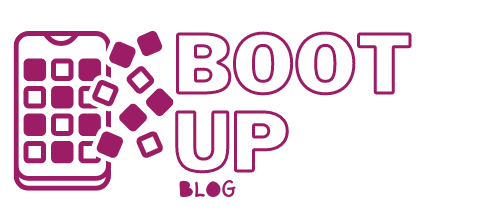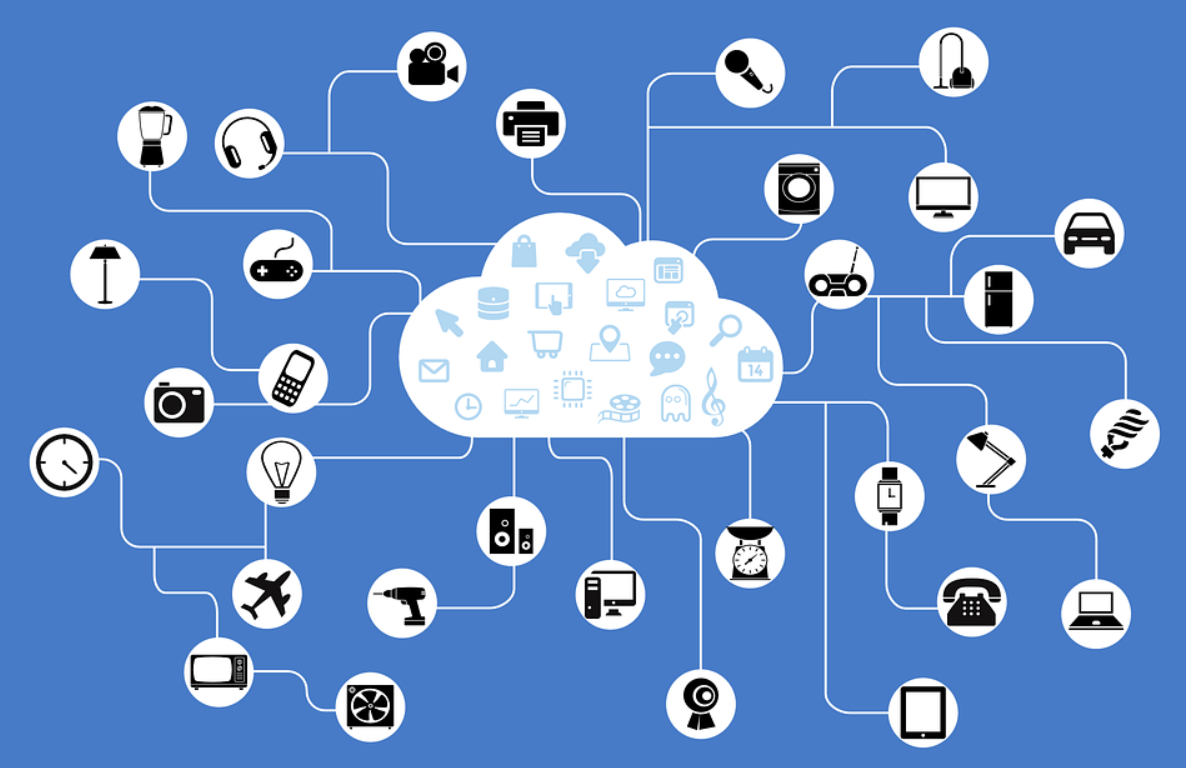In today’s interconnected world, the Internet of Things (IoT) has emerged as a game-changing technology. With billions of devices seamlessly communicating and exchanging data, the IoT has the potential to transform industries, enhance efficiency, and improve our daily lives. In this blog, we will delve into the concept of the Internet of Things, explore its inner workings, and understand its impact on various sectors.
The Definition and Scope of the Internet of Things
The Internet of Things refers to a network of interconnected devices, objects, and sensors that communicate and exchange data with each other through the internet. These devices can range from everyday objects such as home appliances and wearables to complex systems like industrial machinery and city infrastructure. The scope of the IoT is vast, encompassing both consumer and industrial applications.
How Does the Internet of Things Work?
At the core of the IoT is the seamless exchange of data between devices. This is made possible through a combination of sensors, connectivity, and cloud computing. IoT devices are embedded with sensors that collect data, such as temperature, motion, or location. This data is then transmitted over various communication protocols, such as Wi-Fi, Bluetooth, or cellular networks, to the cloud. In the cloud, the data is processed, analyzed, and stored, enabling real-time insights and actionable information. Users can access and control these devices remotely through web or mobile applications.
Key Components of the Internet of Things
The Internet of Things comprises three key components: the devices, the connectivity, and the cloud infrastructure. Devices or “things” form the physical layer and can range from simple sensors to complex machines. These devices are equipped with sensors, actuators, and processors to collect and process data. Connectivity provides the means for devices to communicate with each other and the cloud. This can be through wired or wireless networks, such as Wi-Fi, cellular, or satellite. The cloud infrastructure enables the storage, analysis, and management of the vast amounts of data generated by IoT devices. Cloud platforms provide the necessary scalability, security, and computing power for processing and deriving valuable insights.
Real-World Applications of the Internet of Things
The Internet of Things has revolutionized several industries, offering innovative solutions and improving efficiency. In healthcare, IoT devices monitor patients remotely, collect vital data, and enable timely interventions. Smart homes leverage IoT to automate tasks, enhance security, and optimize energy consumption. In agriculture, IoT enables precision farming by monitoring soil moisture, weather conditions, and crop health. Industrial IoT (IIoT) transforms manufacturing by optimizing production, reducing downtime, and enhancing predictive maintenance. Smart cities leverage IoT to improve transportation, manage utilities, and enhance citizen services.
Security and Privacy Challenges
While the Internet of Things offers numerous benefits, it also poses significant security and privacy challenges. With billions of interconnected devices, the vulnerability to cyber-attacks increases. Weak security measures and outdated software can expose devices and networks to potential threats. Data privacy is also a concern, as the collection and analysis of personal data raise ethical and legal questions. To mitigate these challenges, robust security measures, encryption protocols, and privacy regulations need to be implemented.
The Future of the Internet of Things
The Internet of Things is still in its early stages, and its potential for growth and innovation is immense. As connectivity becomes more ubiquitous and devices become smarter, the IoT will continue to expand into new domains. Edge computing, which processes data closer to the source, will gain prominence, enabling faster response times and reducing reliance on the cloud. AI and machine learning will further enhance IoT capabilities, enabling intelligent automation and predictive analytics.
The Internet of Things has opened up a world of possibilities, connecting devices, and enabling smarter and more efficient systems. From smart homes to industrial automation, the IoT is revolutionizing the way we live and work. With its vast potential and ongoing advancements, the Internet of Things is set to reshape industries, improve our quality of life, and pave the way for a more connected future.

